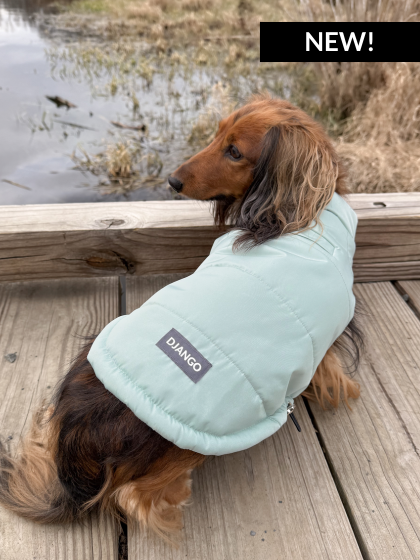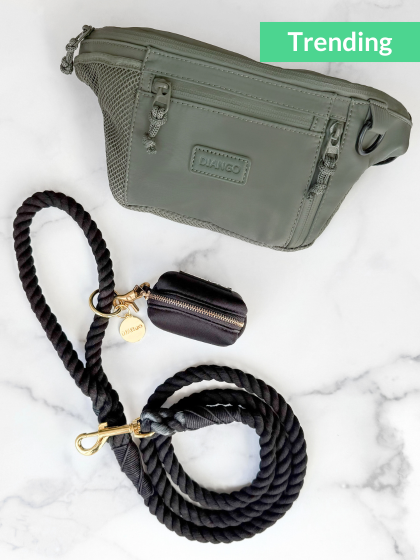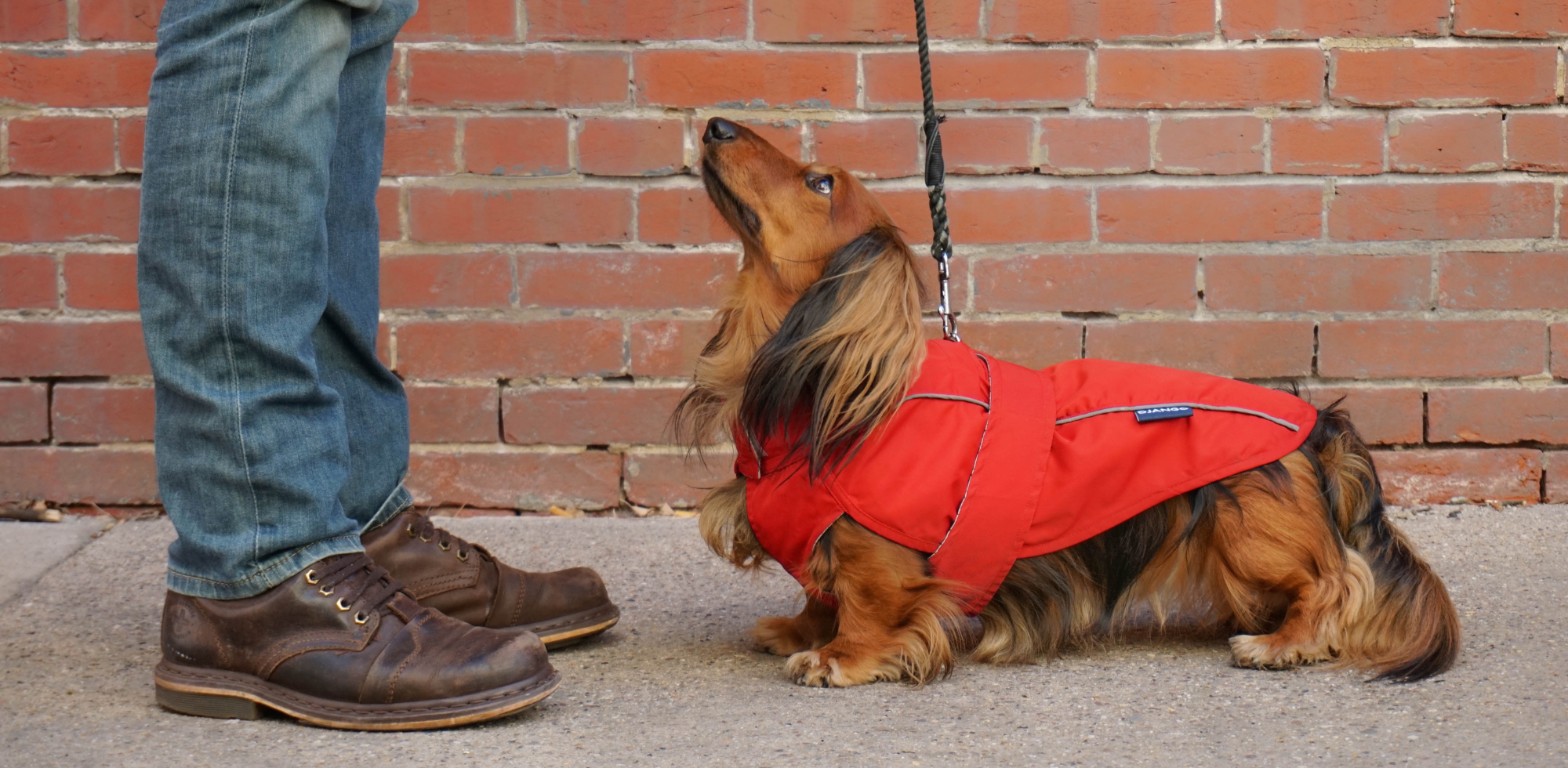After a relatively mild winter, physicians and vets alike are warning that this will be a bad summer for fleas and ticks. Limited snow cover, shorter periods of frost, and booming deer and mice populations are key factors behind high flea and tick forecasts for 2017.
“This problem is going to stay with us and it is going to get worse,” reported Dr. Molaei for the Wall Street Journal. “Milder winters and no snow cover or frost means more ticks [and fleas] survive.”
By no means should you cancel your summer plans of adventure. Rather, reduce your chances of a flea and tick bite by taking the following precautions:
- Administer preventative flea and tick products on your pet. Speak to your vet about an appropriate flea and tick control product for your pet.
- Stay on trails. Avoid wooded areas and tall grass. Fleas and ticks are commonly found in tall grass, brush and shrubs, usually no more than 2 feet off the ground.
- Do ‘flea and tick checks’ after every outing. Use a fine-tooth comb or flea brush to check your dog’s coat. Pay special attention to the armpit, groin, toe and ear areas where these insects tend to hide. And don’t forget to look under your dog’s collar.
Even if your adventures are limited to your backyard, your dog can still bring fleas and ticks into the home. In addition to wooded areas, fleas and ticks can be plentiful in lawns and gardens. Reduce the risk of bringing these insects into your home by following these tips:
- Regularly clean your pet's bedding
- Regularly vacuum your home’s carpets, rugs and flooring
- Mow your grass and trim back bushes and shrubs
- Remove piles of wet leaves or plant debris from your yard
- Prevent pets from entering damp crawl spaces, i.e. under a deck
"Few people realise that only about 5 per cent of the flea population lives as adults on a pet. The remaining 95 per cent live in the environment as eggs, larvae and pupae which develop into adults," warns Bayer New Zealand vet Dr. Kirstie Inglis, reporting for Stuff.co.nz.













